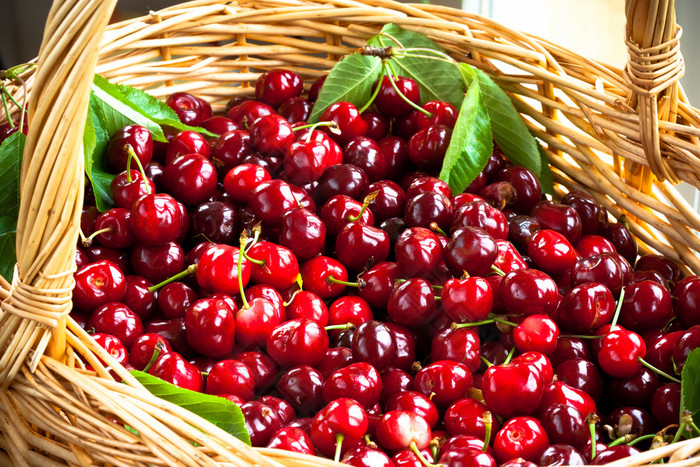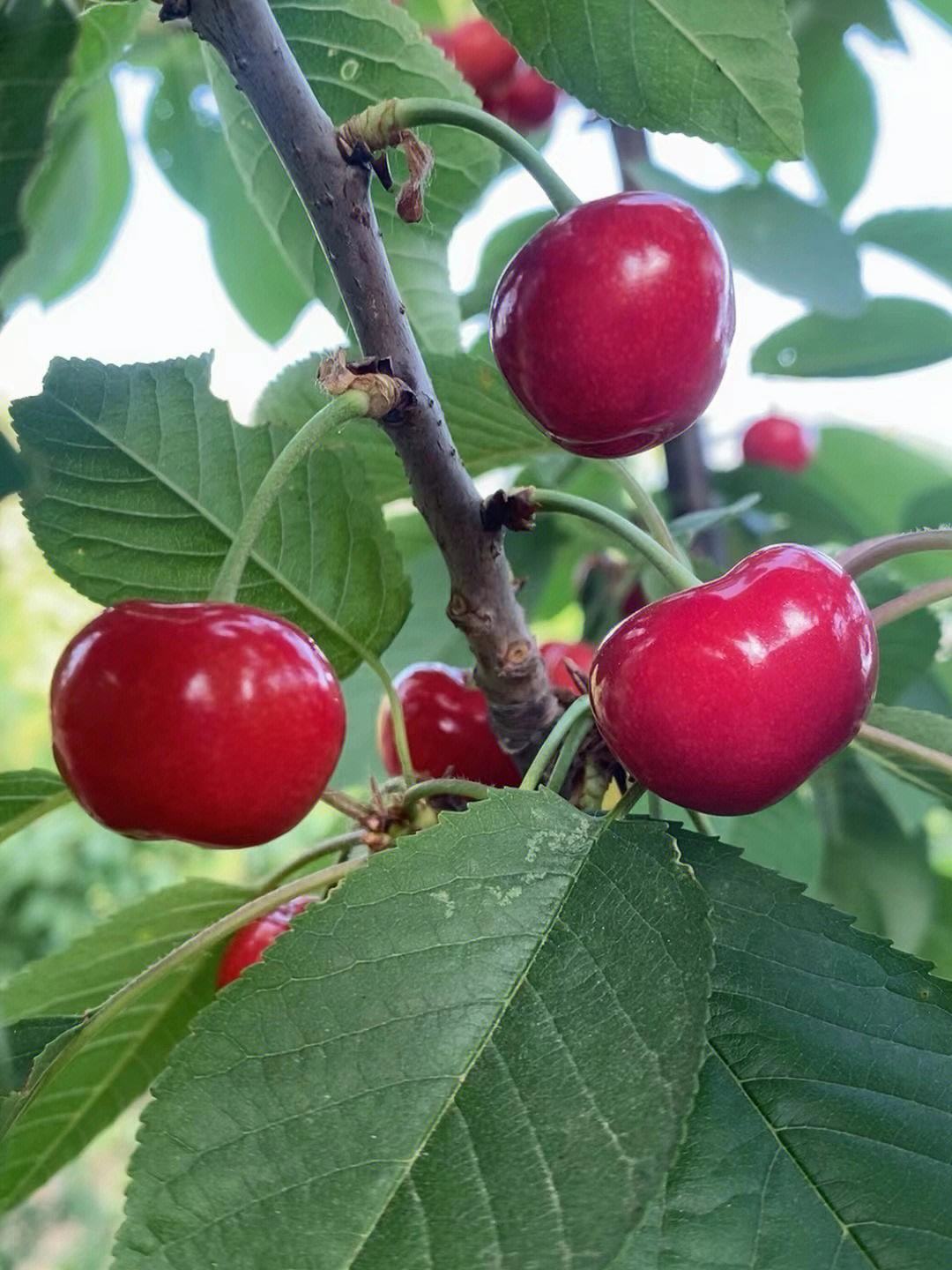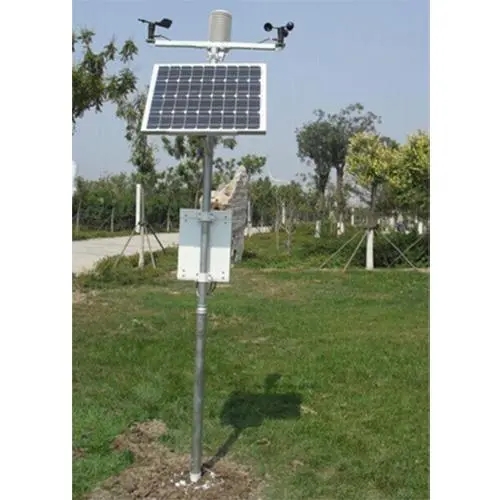

— Blogs —
—Products—
 Consumer hotline +8618073152920
Consumer hotline +8618073152920 WhatsApp:+8615367865107
Address:Room 102, District D, Houhu Industrial Park, Yuelu District, Changsha City, Hunan Province, China
Product knowledge
Time:2023-07-30 19:55:40 Popularity:680
Cherry is a full-bodied, tasty fruit belonging to the genus Cherry in the family Rosaceae. Cherries are generally round or slightly oblate, usually between 1-3 cm in diameter. The skin of the fruit is smooth and has a variety of colours, including red, yellow, black and many other varieties. The flesh is crisp, full textured, berry-like and juicy.

Cherries are widely cultivated around the world, with major production areas including North America, Europe, Asia and Australia. Different varieties of cherries have different growing seasons, generally concentrated in the summer, such as May to July for walnut cherry picking season.
The installation of agrometeorological stations in cherry orchards has the following roles:
Agricultural production management: Agricultural weather station can provide accurate weather data and climate change information to help cherry orchard owners keep abreast of the weather conditions in the farmland and make reasonable decisions and arrangements. For example, according to the weather data, it can determine the suitable time for irrigation, understand the possibility of pests and diseases, and make a reasonable fertiliser plan.

Early warning of pests and diseases: The agrometeorological station can monitor meteorological factors such as temperature, humidity and precipitation in real time, so as to predict and warn in advance of possible pests and diseases in the cherry orchard. In this way, agricultural workers can take appropriate control measures in time to protect the growth and yield of cherries.
Fruit ripening prediction: through long time meteorological observation and data analysis, the agrometeorological station can help cherry orchard owners to predict the ripening period of the fruit. This is very important for cherry picking and marketing plan, which can avoid picking too early or too late to ensure the quality and market competitiveness of cherries.

Irrigation management: Meteorological data provided by agrometeorological stations can help cherry orchard owners to reasonably arrange the irrigation plan, determine the amount and frequency of irrigation under different weather conditions, avoid wasting water and over-irrigation, and improve the efficiency of water use.
Quality control: meteorological factors have an important influence on the quality of cherries. Through the temperature, humidity and other data provided by the agrometeorological station, the planting management strategy can be adjusted in time to improve the colour, taste and sweetness of cherries and increase the market competitiveness of the products.
In summary, the installation of agrometeorological stations in cherry orchards can improve agricultural production management, prevent pests and diseases, optimise fruit ripening prediction and irrigation management, and at the same time improve cherry quality, increase revenue and market competitiveness.
Prev:Role of Campus Weather Stations Installed in Primary and Secondary School Campuses
Next:Weather stations for monitoring the meteorological environment of apple growing sites
Related recommendations
Sensors & Weather Stations Catalog
Agriculture Sensors and Weather Stations Catalog-NiuBoL.pdf
Weather Stations Catalog-NiuBoL.pdf
Related products
 Combined air temperature and relative humidity sensor
Combined air temperature and relative humidity sensor Soil Moisture Temperature sensor for irrigation
Soil Moisture Temperature sensor for irrigation Soil pH sensor RS485 soil Testing instrument soil ph meter for agriculture
Soil pH sensor RS485 soil Testing instrument soil ph meter for agriculture Wind Speed sensor Output Modbus/RS485/Analog/0-5V/4-20mA
Wind Speed sensor Output Modbus/RS485/Analog/0-5V/4-20mA Tipping bucket rain gauge for weather monitoring auto rainfall sensor RS485/Outdoor/stainless steel
Tipping bucket rain gauge for weather monitoring auto rainfall sensor RS485/Outdoor/stainless steel Pyranometer Solar Radiation Sensor 4-20mA/RS485
Pyranometer Solar Radiation Sensor 4-20mA/RS485
Screenshot, WhatsApp to identify the QR code
WhatsApp number:+8615367865107
(Click on WhatsApp to copy and add friends)